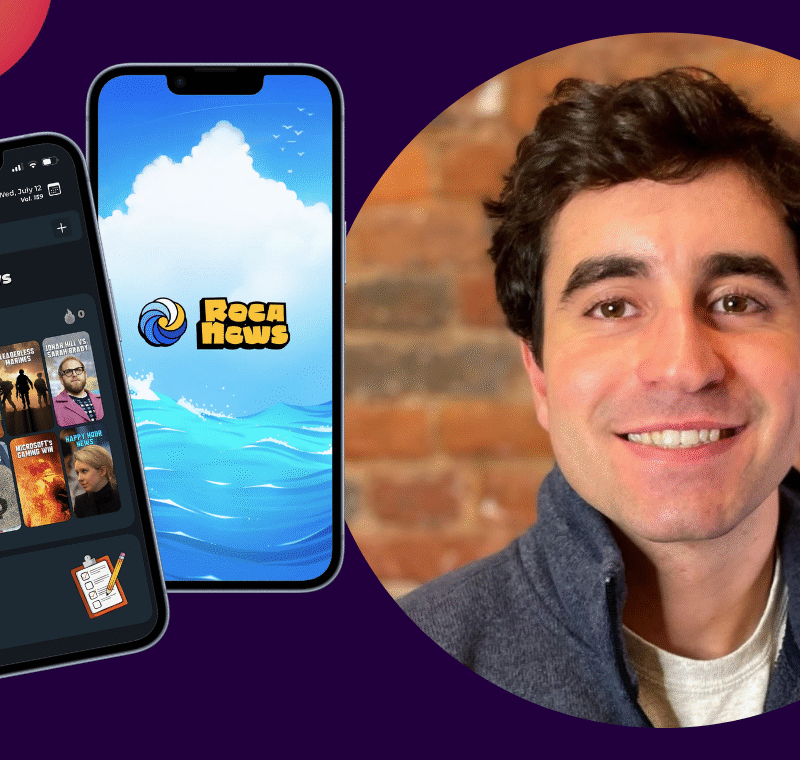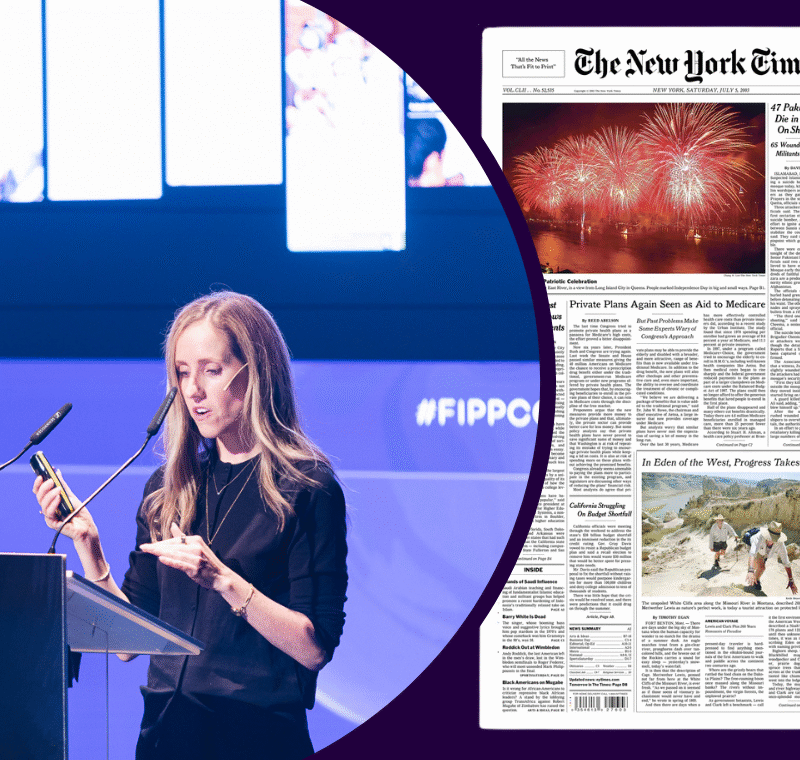Exploring Micropayments: can digital articles work in the same way as digital music?
What sort of articles are people prepared to pay for? (0:03)
Well the discovery that we made – and it was slightly uncomfortable one – is that what people care most about is the writer. They care less about the topic, they’re not greatly exercised by length, the publication is a secondary factor. What they really care most about is the writer. If they like reading articles by Lucy Kellaway say, then they want to read an article by Lucy Kellaway about office life in the Financial Times. But they’d also want to read an article by Lucy Kellaway about horse riding in Vanity Fair, if it appeared there. What they care about is Lucy Kellaway. So, we find it quite easier to go to publishers and say: you should be selling single articles, that will increase your returns. There are people that want to buy these articles that you aren’t capturing in your existing subscription base. However, at the same time we’re shifting some power to the writers. So people are pursuing the individual writers – it’s the writers that they want to pay – so that the publisher who offers single articles is also to some extent beginning to unbundle the brand, and there’s a real contradiction there.
So should publishers now promote the brand of the individual writers? (1:12)
I think you have to look at what publications can do well and what they can do is to have their own relationship of trust with the reader. So when you go to the publication you’re going to find an article that you enjoy, which is reasonably within your sensibility. So you trust the publication. That means that the publication can introduce you to new things, to new subjects.
So, I love reading the New Yorker. If I come to the New Yorker and I see that there’s a piece by somebody that I’ve never heard of on a topic that I’m not obviously interested in, I’m still going to look at that because it’s in the New Yorker. I’m going to think the New Yorker has good taste I can learn something here. So that’s what publishers can do they can be supportive they can provide a content that adds value. But at the same time if they’re going to hold their best writers, they need to focus on those writers, and probably reward them proportionally more highly. As you discover from single article sales what your readers want to buy then the market power of your best writers is going to go up.
Is it becoming similar to the music industry where people are happy to purchase individual tracks? (2:26)
The biggest correlation there I think is that we are now well into the phase at which people are prepared to pay for digital content. I meant there was an assumption early in the music revolution that people expected music to be free, they would pirate it, they would share it. We’ve discovered instead that as long as it’s sold to them in an attractive, logical way at a decent price, then nothing is more natural than to pay for it.
And we’re going to find the same thing with single articles – that people are willing to pay for single articles. And surprises there are all on the upside. We started off our beta testing last year thinking that people would respond to price signals, that you had to price articles cheaply in order to get people to buy them. The reverse is true. If people find articles that they want to buy then they’re quite happy to pay meaningful prices for them. So you’re not talking 10 cents, you’re not talking 20 cents, you’re talking $1, $2, $3, and the price rises as confidence in the system increases.
Finally, are publishers buying into the concept as quickly as they need to? (3:38)
I think the problem is much more that publishers are all chasing scale. So, either you want a billion page views, or somebody else above you in the hierarchy wants a billion page views. And the notion of fixing on some more limited audience with whom you can build a deep relationship and a profitable relationship is disgarded as an unworthy, short-term target. But in fact, single article sales are always going to be a niche audience. They’re always going to be a limited number of people paying for good writing. But still, if that number of people is in the hundreds of thousands for a good article in the universe of the millions of readers, then that is still a very very good business to be in.
More like this
Micropayments: guess what! This might be the time they finally deliver new readers and revenues









